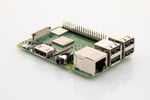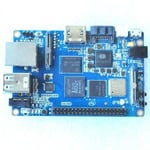What Is Single Board Computing?

A single board computer is a complete computer built on a single circuit board. It holds the microprocessor, memory, I/O, and other features of a fully functional computer.
Although integrated circuit boards have been around for years, they’ve mostly been used by industry. Enter the Raspberry Pi in 2012. Even its designers were surprised at how well it sold!
The first Pi was developed for the purpose of encouraging young people to practice programming easily and affordably. But that’s not the only audience it’s reached, with electronics entrepreneurs and hobbyists alike flocking to the ingenious device.
Many other single board computers have since emerged in the market, but the Pi (several versions later) remains one of the most popular and reliable solutions.
Meet the Competition
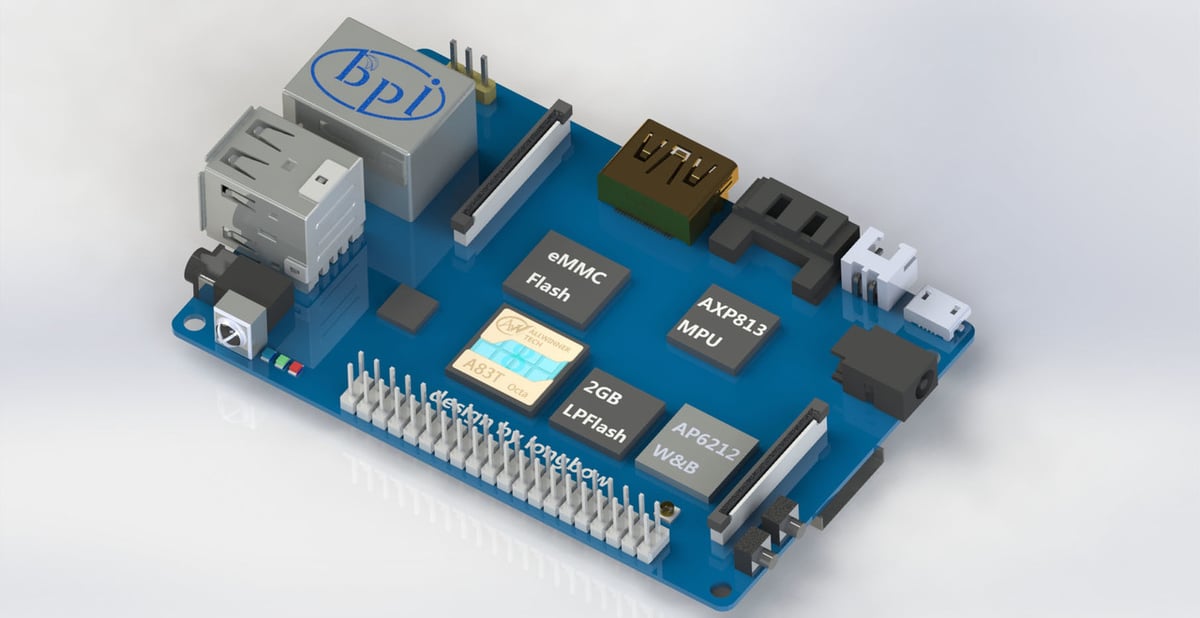
Say hello to the Banana Pi M3, a supercharged single-board computer with an Octa-core processor and 2GB of RAM. It can run on a variety of operating systems including Android, Lubuntu, Ubuntu, Debian, and Raspbian (now known as Raspberry Pi OS), and features Gigabit Ethernet, 2 USB, SATA, WiFi, Bluetooth, and HDMI connection.
The Banana Pi M3 is touted as a fuller-featured single board computer in direct competition with the popular Raspberry Pi 3B+. The Octa-core 1.8 GHz CPU especially sets the Banana Pi apart.
Both the Raspberry Pi and the Banana Pi come in a wide array of models. For our comparison, we are using the most recent Raspberry Pi 3b+ and the Banana Pi M3.
Head to Head
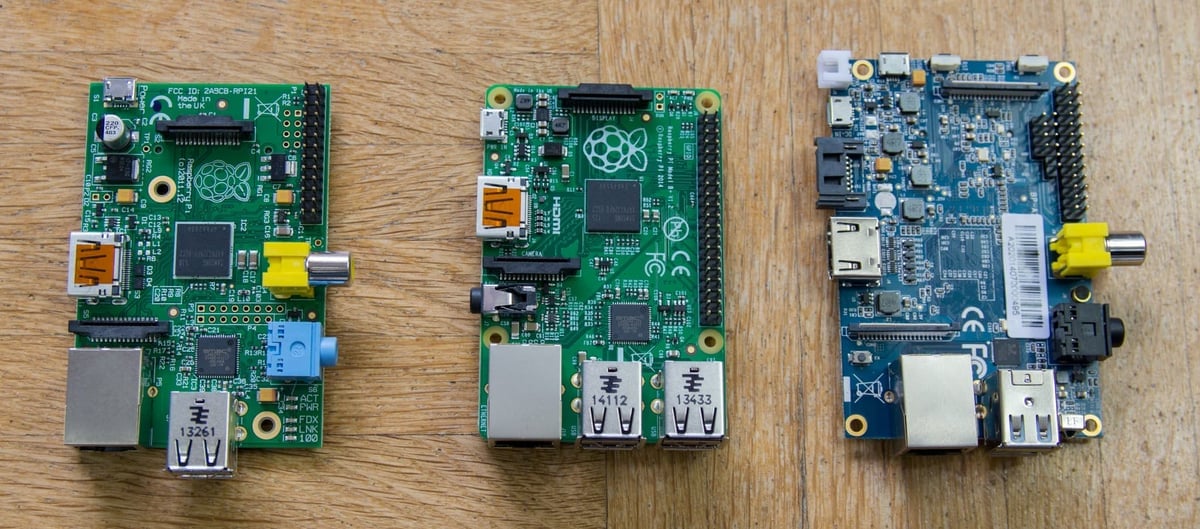
The Specs:
- Processor
- Raspberry Pi 3B+: 1.4ghz quad-core
- Banana Pi M3: 1.8ghz octa-core
- Memory
- Raspberry: 1GB LPDDR2 SRAM
- Banana: 2 GB LPDDR3 SRAM
- Graphics
- Raspberry: Broadcom Videocore-IV GPU
- Banana: PowerVR SGX544MP1
- Ethernet
- Raspberry: Gigabit Ethernet, 2.4GHz and 5GHz 802.11b/g/n/ac Wi-Fi
- Banana: 10/100/1000Mbps ethernet and 802.11 b/g/n
- I/O
- Raspberry: HDMI, 3.5mm analog audio-video jack, 4x USB 2.0, Camera Serial Interface (CSI), Display Serial Interface (DSI)
- Banana: HDMI, 3.5mm analog audio-video jack, 2x USB 2.0 HOST, SATA
- OS
- Raspberry: Linux based OS
- Banana: Linux-based OS, Android-based OS
Verdict
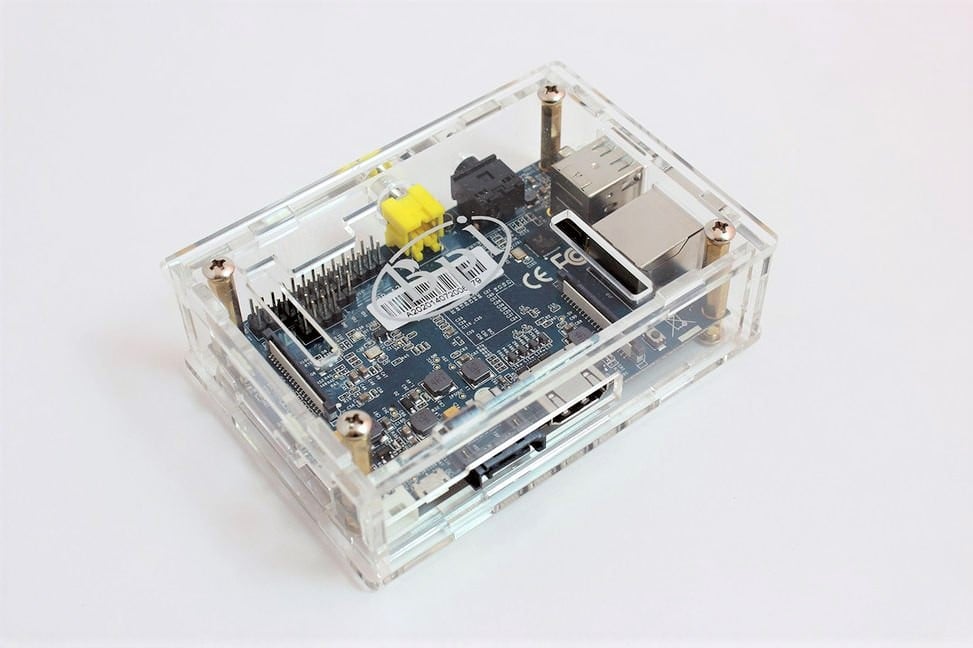
With regards to specifications, the Banana Pi holds all the cards. The Raspberry Pi B3+ is becoming a bit aged in its hardware. The next iteration of the Raspberry Pi is still in the works but may make up some of the differences between the two platforms. Time will tell on that front. The Banana Pi edges out the Raspberry Pi in core speed, RAM, and video performance. It also adds a SATA port for attaching large scale storage.
The Raspberry Pi has a huge community backing it up, with tons of online information and support. Since its inception, the Raspberry Pi has built a legion of dedicated followers, who have fostered an unparalleled community of support and projects. The community for the Banana Pi is still in its fledgling stages but is growing most notably in the industrial sector.
Pricewise, the Raspberry Pi is still the bargain board between the two; you are paying a premium for the newer architecture and components of the Banana Pi. You should be prepared to spend more time on your own figuring out issues you may encounter with the Banana Pi since community support is still growing. If you want fast community-based support and tons of projects to pick from, the Raspberry Pi is your board.
If you want to be able to run more choices in operating systems for your projects, like Android, run more graphics intensive programs, or attach large-scale storage, then the Banana Pi is your flavor.
Feature image source: Raspberry Pi
License: The text of "Banana Pi vs Raspberry Pi 3 B+: The Differences" by All3DP is licensed under a Creative Commons Attribution 4.0 International License.
CERTAIN CONTENT THAT APPEARS ON THIS SITE COMES FROM AMAZON. THIS CONTENT IS PROVIDED ‘AS IS’ AND IS SUBJECT TO CHANGE OR REMOVAL AT ANY TIME.
